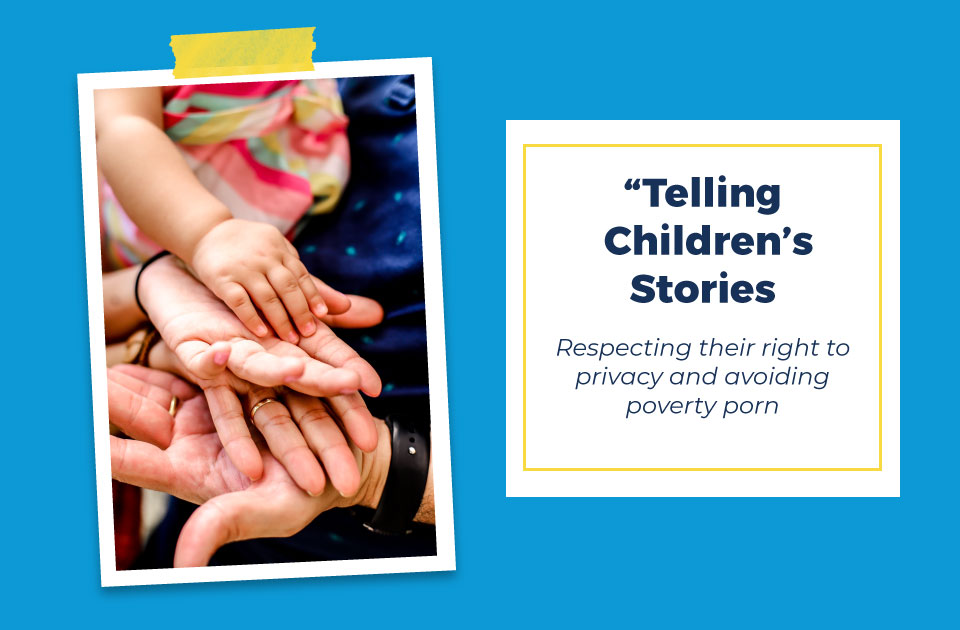Adapted from a post we shared on Facebook on World Children’s Day (November, 20th) last year.
What are your thoughts on sharing children’s stories as part of fundraising efforts to ensure more children have a better future? 🧒🏾👶🏻👧🏿
On #WorldChildrensDay last November the theme was “A Better Future for Every Child.” We invited our followers to reflect on these questions with us and now we’re inviting you to do the same.
❓ If you’ve ever donated to children’s charities, was it hearing stories of vulnerable children that prompted you to donate? What stories and how much information about the children they’re supporting do you expect to hear from charities you donate to?
❓ If you work for a charity, do your fundraising efforts include telling the stories of individual children? What things do you consider before sharing a child’s story? Are there actions you take to protect the child, their safety and privacy?
As a child rights charity, these are things we’ve been reflecting on a lot over the past couple of years because we know we’ve shared things in the past that we definitely wouldn’t share now. Or, at the very least, shared them in a way we wouldn’t do now.
Here’s some of the issues we’ve been considering and some of the changes we’ve been implementing.
Telling children’s stories online and in marketing materials can be problematic for a number of reasons.
Here are a few:
🟡 It’s difficult (sometimes impossible) for children to give informed consent to their story being told, particularly if children are very young. It’s equally challenging to remove online material if someone revokes consent down the track.
🟡 No one should have to tell the story of their lows and struggles in order to have their human rights met.
🟡 Asking children to share their stories (or doing it without asking) in order to raise money veers into exploitation.
🟡 In an online era, there is little to no control over where the child’s story will end up and who can use their information and images, all of which can affect a child’s present and future.
🟡 Children who are vulnerable can be exposed to additional harm if their stories or images are recognised by the wrong people.
🟡 Balancing the responsibility of protecting people’s right to privacy with the need to report the charity’s impact and need for funding to do their work.
All of us at SFAC have been guilty of sharing more than we should have of children’s stories and it’s something we’re making very conscious efforts to change.
Here are some steps we’re taking to protect the privacy, dignity and safety of children and young people when we share the impact of our work with our partner organisations on the children they protect and care for:
🔵 Changing details to ensure stories cannot be traced back to a particular child. This goes beyond changing a name and will include changing genders, sibling numbers, adults involved etc. We will always indicate when we do this and ensure the essence and message of the story remains.
🔵 Merging stories from a few different sources that all illustrate a similar point.
🔵 Only using images of children that are publicly available (most of our images are from unsplash.com – sadly, this doesn’t guarantee any type of consent has been sought or given) and not using images of children in direct connection with any story or particular detail.
🔵 Using images that don’t show faces or other identifiable details (School and sports club uniforms are definitely something to avoid).
We’re sharing this video from successful (as in over 5.5 million subscribers successful!) YouTuber, Peter McKinnon, as an example of storytelling that evokes emotion while also protecting the child’s privacy and respecting their dignity and right to tell their own story when and if they wish to.
We’d love to know what you think of it… Let us know in the comments or drop us an email at info@sfac.org.uk

